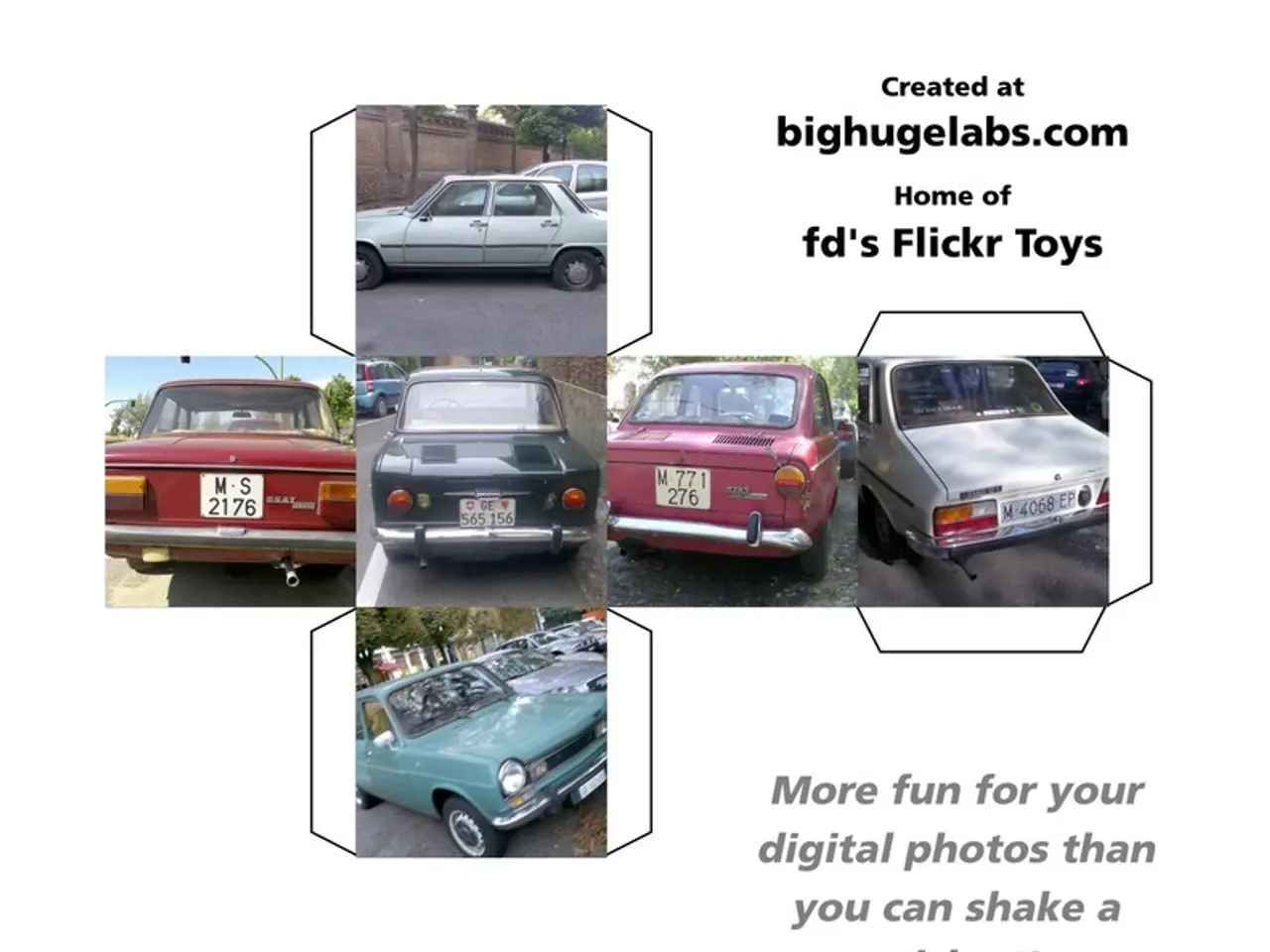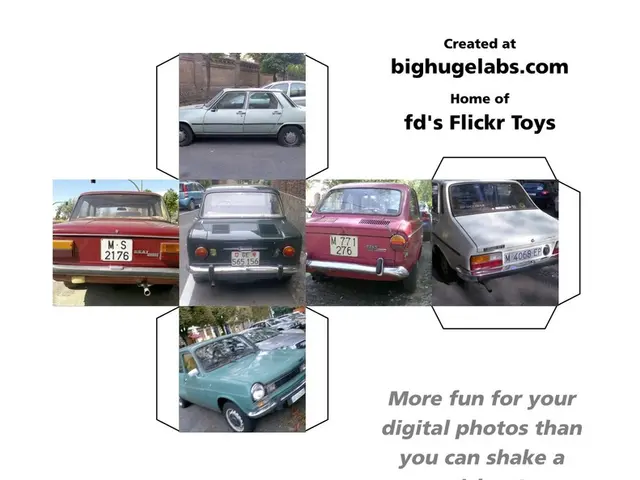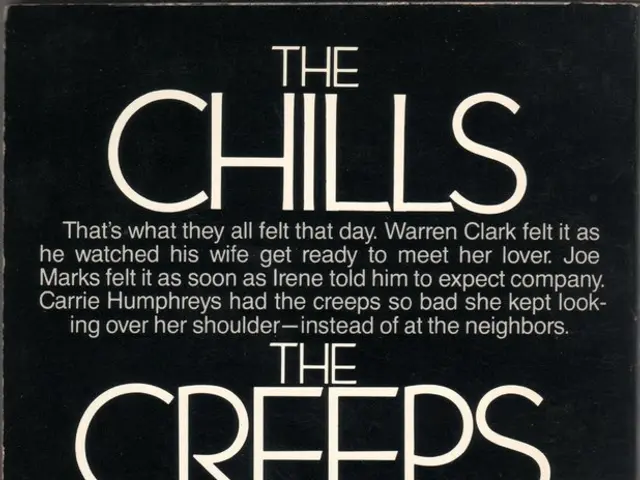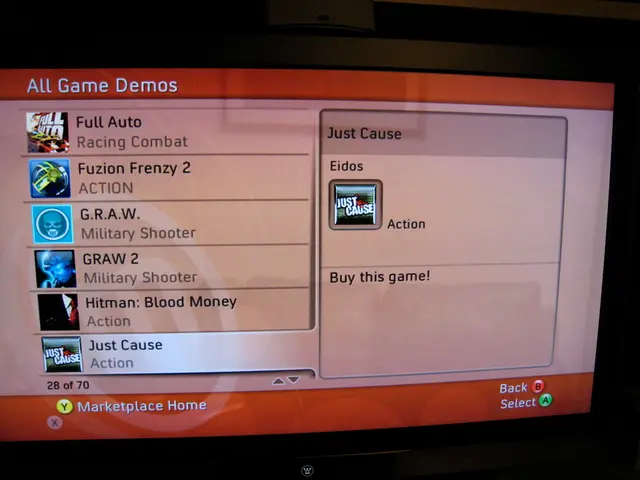Tesla's Robotaxi Gains Permit in Texas, Sparks Rise in TSLA Shares and Industry Excitement
Tesla's Robotaxi service is making strides in the United States, with recent regulatory approvals paving the way for expansion, particularly in Texas. However, the company faces significant challenges in terms of regulations, safety, and competition.
Regulatory Landscape
Tesla has secured a permit from the Texas Department of Licensing and Regulation (TDLR) to operate its Robotaxi service statewide. This allows the company to offer ride-hailing with autonomous vehicles, although human safety monitors are currently required onboard. The company still needs autonomous vehicle (AV) designation from the Texas Department of Motor Vehicles to operate fully driverless robotaxis without a safety driver [1][2][4].
In contrast, California regulators prevent Tesla from offering fully autonomous Robotaxi rides, requiring a driver or safety monitor to remain in the vehicle. Other key U.S. regions like the San Francisco Bay Area and Phoenix are awaiting regulatory approval to introduce Tesla’s Robotaxi, with local laws and definitions of autonomy causing variation in operational capabilities [2][3].
Safety Concerns
Initial operations in Austin began with Tesla Model Y robotaxis carrying invited users, with safety drivers monitoring. Reports surfaced of abrupt braking, cautious intersection handling, and occasional traffic rule errors, raising skepticism about Tesla’s readiness for full autonomy [3].
Tesla claims its Full Self-Driving (FSD) system is statistically safer than human drivers, with management stating that early robotaxi miles accumulated without major safety incidents. However, critics argue that the presence of safety drivers indicates the system is not yet fully autonomous in practice [3]. Independent experts, including former Waymo CEO John Krafcik, critique Tesla’s current approach, emphasising that true robotaxis should operate driverless without safety monitors, which Tesla’s current deployments do not entirely achieve [3].
Competition
Tesla faces established autonomous ride-hailing competition from companies like Waymo, which has operated commercial robotaxi services in Phoenix since 2020 and expanded to San Francisco and Los Angeles [2]. Other competitors include Amazon’s Zoox, Motional, and Aurora, all advancing commercial AV deployments, often with partnerships integrated into ride-hailing platforms like Uber and Lyft [2].
Unlike Waymo or Zoox cars, Tesla’s robotaxis are accessed exclusively via a Tesla-owned app integrated with Tesla accounts rather than through popular multi-provider ride-hailing apps, potentially limiting reach initially [1]. Competition also comes from other EV makers innovating in autonomous and ride-sharing tech; however, Tesla’s advantage lies in its proprietary FSD software and integrated fleet [1][2].
As Tesla continues to navigate these challenges, further regulatory approvals and demonstrable safety performance will be critical for its broader national rollout throughout late 2025 and beyond [1][2][3][5]. The NHTSA is in contact with Tesla to gather more information about incidents, and reports suggest that Tesla has withheld certain incident data from public release, raising concerns about transparency in its robotaxi program [6].
Tesla's push into Texas marks the first time the company has deployed autonomous vehicles with paying passengers [7]. Early trial data in Austin shows around one notable system failure per vehicle every 2-8 days, and videos posted online have captured incidents of Tesla's robotaxis running stop signs, drifting into the wrong lanes, and failing to detect oncoming trains [8]. Despite these issues, Tesla's TSLA shares surged more than 5% after Elon Musk confirmed that Austin's robotaxi service will open to the general public next month [9].
References: [1] https://www.reuters.com/business/autos-transportation/tesla-wins-texas-permit-operate-robotaxis-statewide-2021-09-24/ [2] https://www.motor1.com/news/464046/tesla-robotaxi-california-regulations/ [3] https://www.reuters.com/business/autos-transportation/tesla-robotaxis-face-skepticism-as-they-debut-austin-2021-09-22/ [4] https://www.texasmonthly.com/news/tesla-wins-statewide-robotaxi-permit/ [5] https://www.reuters.com/business/autos-transportation/california-dmv-says-tesla-cant-offer-fully-autonomous-rides-2021-09-30/ [6] https://www.reuters.com/business/autos-transportation/tesla-withholds-data-on-crashes-in-robotaxis-safety-advocates-say-2021-09-29/ [7] https://www.cnbc.com/2021/09/22/tesla-robotaxis-debut-in-austin-with-invited-riders-and-safety-drivers.html [8] https://www.cnbc.com/2021/09/23/tesla-robotaxis-in-austin-caught-on-video-running-red-lights-and-stop-signs.html [9] https://www.cnbc.com/2021/09/29/tesla-shares-jump-after-elon-musk-says-robotaxis-will-launch-next-month.html
- The Texas Department of Licensing and Regulation (TDLR) permitting Tesla to operate its Robotaxi service statewide signifies a significant step in the regulatory landscape for the company, although autonomous vehicle designation from the Texas Department of Motor Vehicles is still needed for fully driverless robotaxi operation.
- Despite securing regulatory approval in Texas, safety concerns and competition, particularly from established players like Waymo, continue to pose challenges for Tesla as it seeks to establish its Robotaxi service across the United States.




